Managing IT resources effectively is crucial for business success. IT can be a significant investment, but with appropriate planning and management, you can predict growth and align your IT infrastructure with business demands.
This is where Lifecycle Management comes into play—a strategic approach to managing IT assets that ensures you have the right environment in place to support your business at the right time.
Understanding IT Lifecycle Management
IT Lifecycle Management is a comprehensive approach to managing your IT assets—from procurement and deployment to maintenance and eventual retirement. This process encompasses all stages of an asset’s life, helping organizations plan for upgrades, prevent downtimes, and ensure that IT resources align with business needs.
By effectively managing the lifecycle of your IT assets, you can avoid unplanned costs, extend the useful life of equipment, and ensure your business is always running on optimal infrastructure.
Key Stages of IT Lifecycle Management
1. Planning and Assessment
The first stage involves understanding your current IT environment and identifying future needs. This includes assessing your existing hardware and software, evaluating business growth projections, and determining the best solutions to support that growth. By planning ahead, you can avoid over-investing in unnecessary technology or facing performance bottlenecks due to under-provisioned resources.
Your IT Services provider will leverage tools like Dell LiveOptics, Network Detective, and Runbooks to capture this information.
2. Procurement (if applicable)
Once you have a clear understanding of your needs, the next step is procurement. This stage involves selecting the right technology that fits your business objectives. Key considerations include compatibility, scalability, and cost-effectiveness. Proper procurement planning helps in acquiring assets that will provide the most value over their lifecycle, reducing the total cost of ownership.
This may not apply if you’ve recently gone through an infrastructure refresh. However more often than not, the inventory should show gaps that exist and some procurement will be necessary.
3. Deployment
Deployment is where your new IT assets are integrated into your existing environment. This stage requires careful planning to ensure minimal disruption to your operations. Proper deployment sets the stage for optimal performance and efficiency, making sure your new resources are fully aligned with business needs from day one.
Your deployment team should be able to lay out clear phases tasks to be completed throughout the deployment to ensure you know what to expect and are kept in the loop.
4. Management and Maintenance
Effective management and maintenance are critical to extending the lifespan of your IT assets. This includes regular updates, patch management, performance monitoring, and proactive troubleshooting. A well-maintained IT environment not only performs better but also reduces the risk of unexpected failures and costly downtime.
An enterprise managed services offering can be tailored to meet the demands of your business and complement your existing IT team.
5. Optimization
The optimization phase focuses on continuously improving the performance and efficiency of your IT assets. This may involve reallocating resources based on changing business needs, scaling up or down, or implementing new technologies to enhance performance. Optimization ensures that your IT environment evolves with your business, supporting growth without unnecessary cost.
Ultimately, this will be a subset of your enterprise-managed services agreement.
6. End-of-Life and Disposal
Every IT asset will eventually reach the end of its useful life. In this case, you won’t be surprised as you’ll have planned for this well ahead of time.
Proper disposal and replacement planning are essential to avoid performance degradation and security risks. End-of-life management involves data wiping, environmentally responsible disposal, and planning for the next generation of technology to replace outdated systems.
Benefits of Effective IT Lifecycle Management
1. Cost Predictability
With a lifecycle management strategy, you can better predict the costs associated with your IT assets. This allows for more accurate budgeting and reduces the likelihood of surprise expenses related to unplanned upgrades or emergency repairs.
2. Enhanced Performance
Regular maintenance and optimization ensure that your IT environment operates at peak performance, reducing downtime and enhancing overall productivity. This proactive approach minimizes disruptions and keeps your business running smoothly.
3. Scalability
Lifecycle Management helps businesses scale IT resources in line with growth. By anticipating future needs, you can ensure that your IT infrastructure grows with your business, providing the flexibility to adapt to new demands without a complete overhaul.
4. Improved Security
By managing IT assets throughout their lifecycle, you can ensure that your systems are always up to date with the latest security patches and updates. This reduces vulnerabilities and helps protect your business from cyber threats.
5. Sustainability and Compliance
Lifecycle Management also promotes sustainability by extending the useful life of IT assets and ensuring responsible disposal. Moreover, it helps businesses comply with regulations regarding data security and environmental standards.
Conclusion
IT Lifecycle Management is more than just a cost-saving strategy; it’s a framework that aligns your IT investments with your business goals. By carefully planning and managing your IT assets, you can predict growth, control costs, and ensure your IT environment is always equipped to meet the demands of your business. Embrace Lifecycle Management, and transform your IT from a costly necessity into a strategic asset that drives your business forward.


